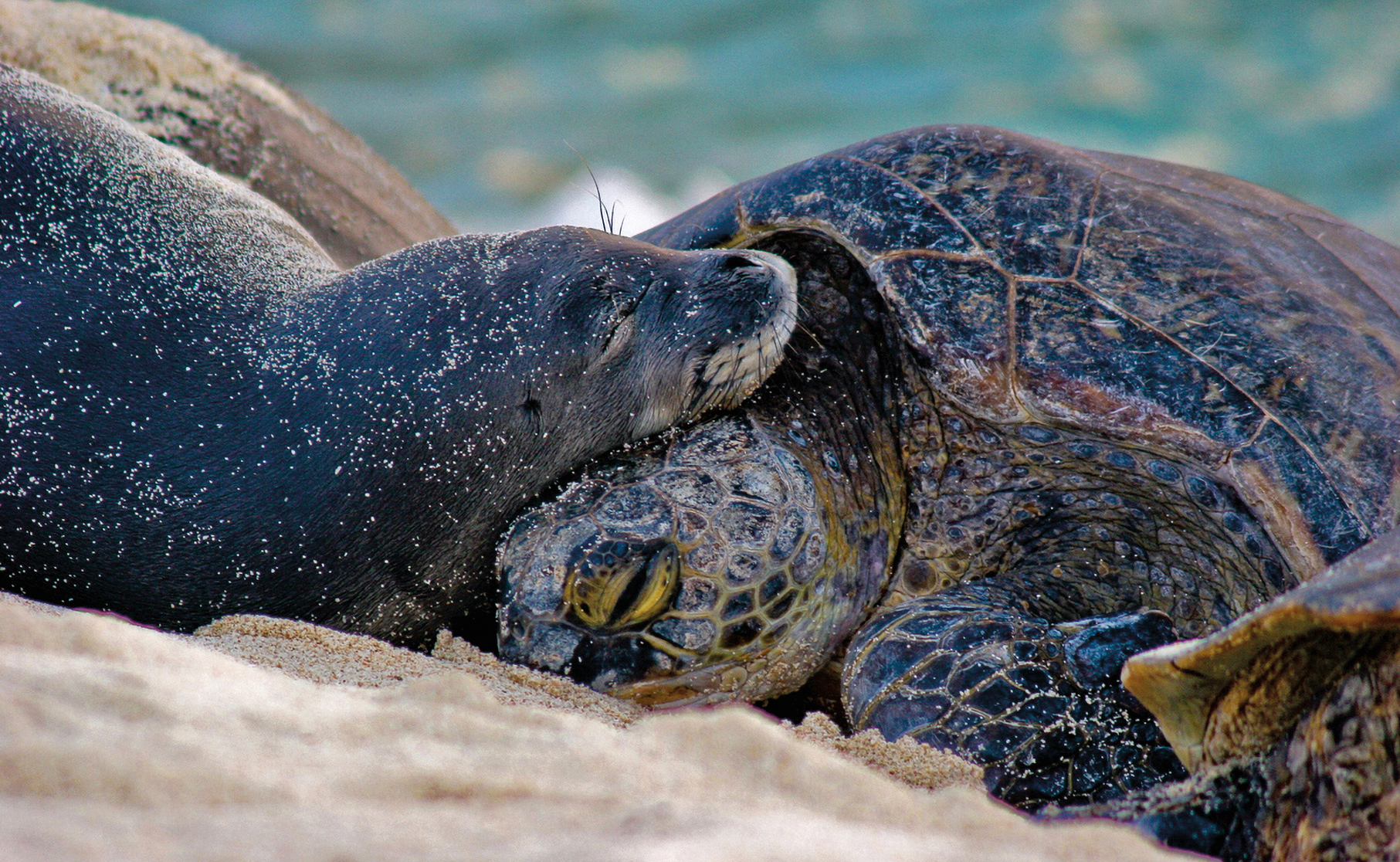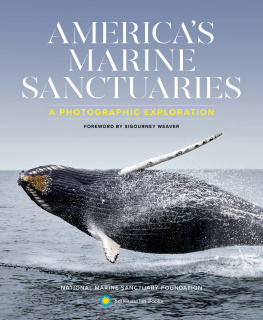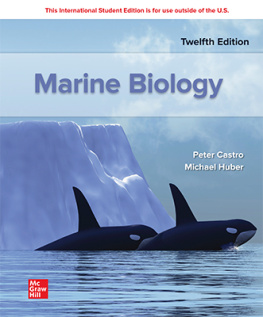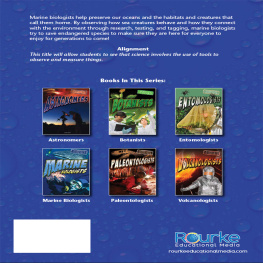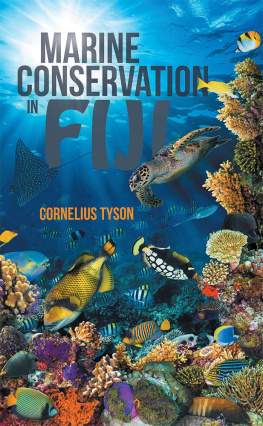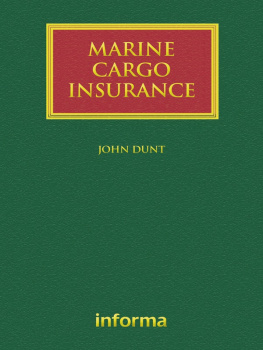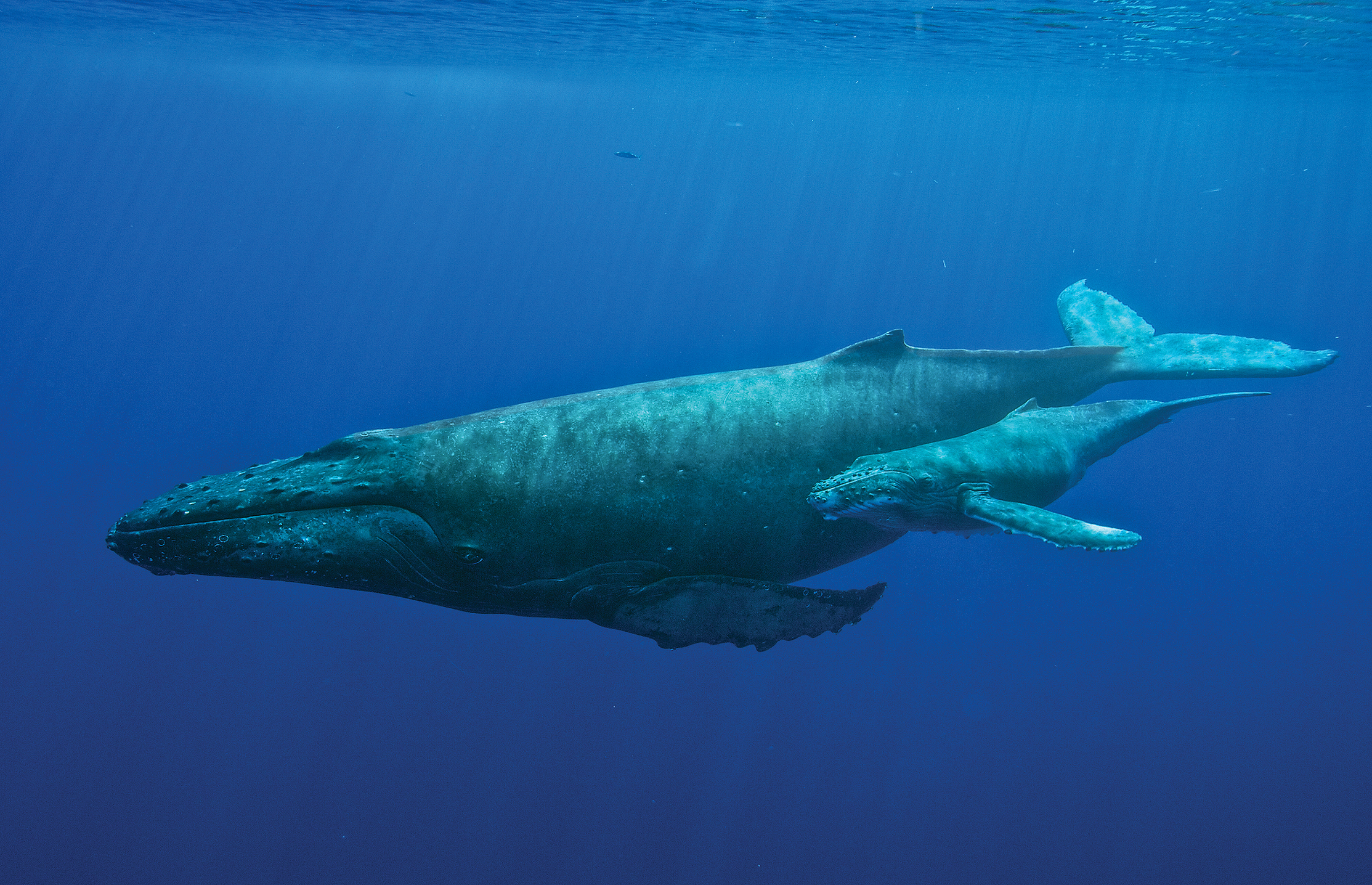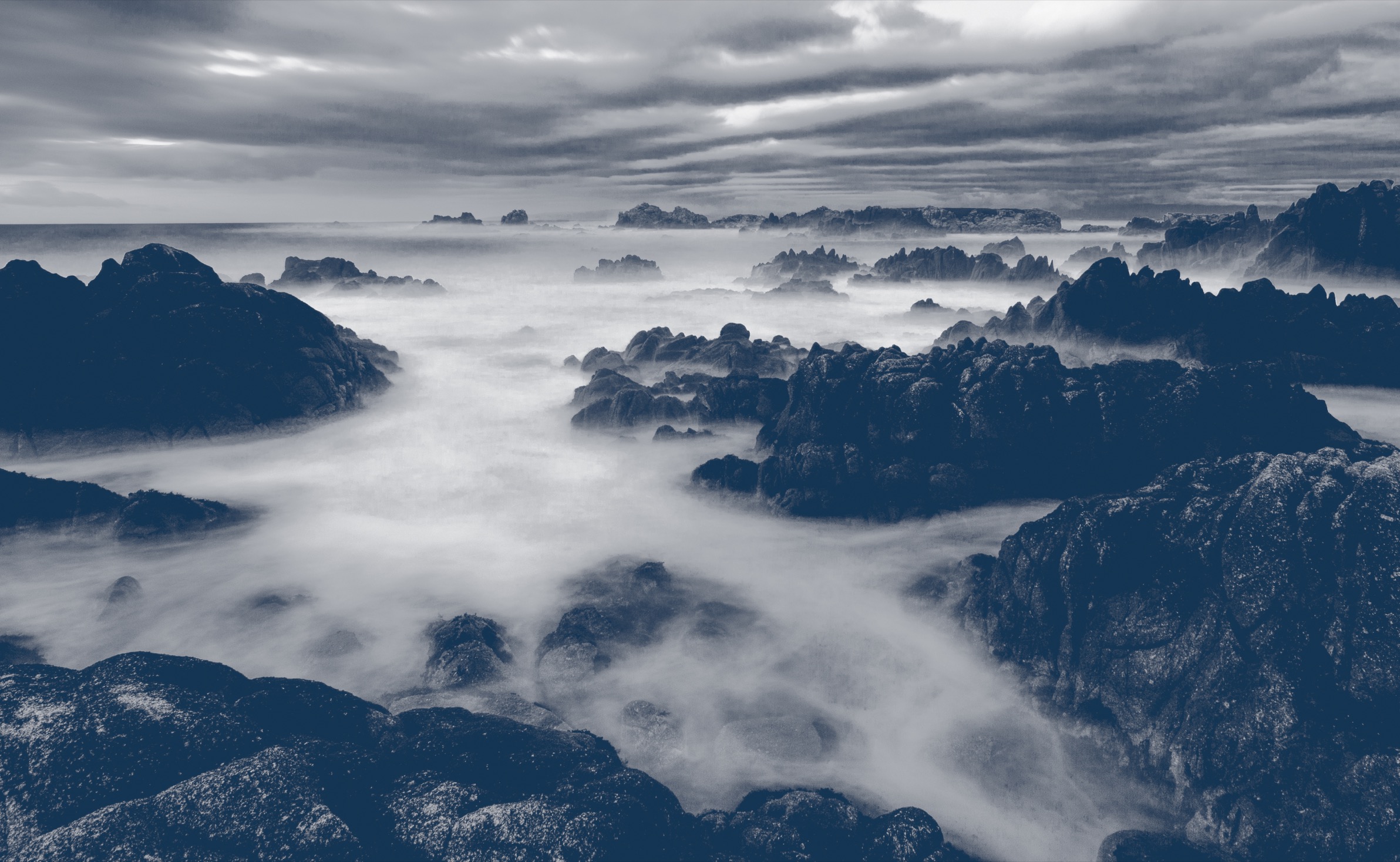Contents
Landmarks
Print Page List
2020 by National Marine Sanctuary Foundation
Compilation 2020 Smithsonian Institution
All rights reserved. No part of this publication may be reproduced or transmitted in any form or by any means, electronic or mechanical, including photocopying, recording, or information storage or retrieval system, without permission in writing from the publishers.
Published by Smithsonian Books
Director: Carolyn Gleason
Senior Editor: Jaime Schwender
Assistant Editor: Julie Huggins
Edited by Heather Dewar and Kristen Sarri
Copyedited by Carla M. Borden
Book design by David Griffin, adapted for ebook
This book may be purchased for educational, business, or sales promotional use. For information, please write: Special Markets Department, Smithsonian Books, P.O. Box 37012, MRC 513, Washington, DC 20013
Library of Congress Cataloging-in-Publication Data
Names: National Marine Sanctuary Foundation (U.S.), author.
Title: Americas marine sanctuaries : a photographic exploration / National
Marine Sanctuary Foundation.
Description: Washington, D.C. : Smithsonian Books, 2020. | Includes
bibliographical references and index.
Identifiers: LCCN 2019001825 | ISBN 9781588346667 (hardback)
Subjects: LCSH: National Marine Sanctuary System (U.S.) | Marine parks and
reservesUnited States. | Marine resources conservationUnited States.
| National Marine Sanctuary System (U.S.)Pictorial works. | national marine sanctuaries, marine national monuments, and marine protected areasUnited StatesPictorial works. | BISAC: SCIENCE / Earth Sciences / Oceanography. | NATURE / Ecosystems & Habitats / Oceans &
Seas. | NATURE / Environmental Conservation & Protection.
Classification: LCC QH91.75.U6 N367 2020 | DDC 363.6/809162--dc23
LC record available at https://lccn.loc.gov/2019001825
Ebook ISBN9781588346759
For permission to reproduce illustrations appearing in this book, please correspond directly with the owners of the works, as seen on . Smithsonian Books does not retain reproduction rights for these images individually, or maintain a file of addresses for sources.
Cover (): A humpback whale breaches the ocean surface at Stellwagen Bank National Marine Sanctuary. Humpback whales live throughout the worlds ocean and are a favorite of whale watchers. Photograph: Keith Ellenbogen.
A view of Point Pinos () in Monterey Bay National Marine Sanctuary. Point Pinos is one of the richest tide pool habitats in the world. Photograph: Bob Talbot.
A spectacular sunset () glows behind surfers walking home along the wide beach at Neah Bay. The bone-chilling jade-green waters of Olympic Coast National Marine Sanctuary are home to incredible marine life and offer some great surfing locations.
A mother whale () and her calf find refuge in the deep blue waters of Hawaiian Islands Humpback Whale National Marine Sanctuary. The sanctuary is one of the worlds most important habitats for North Pacific humpback whales.
Christ of the Abyss () is located in the waters near Key Largo in Florida Keys National Marine Sanctuary. In addition to attracting numerous invertebrates that have attached to its surface, giving it a colorful, living texture, this nine-foot-tall bronze statue is also a popular destination for snorkelers and divers.
a_prh_5.6.0_c0_r1
The sea is as near as we come to another world.
ANNE STEVENSON
The National Marine Sanctuary Foundation dedicates this book to all the people who helped establish our national marine sanctuaries and marine national monuments, the managers and volunteers who work tirelessly to protect them for future generations to enjoy, and the photographers who show us the wonders that lie beneath the waves and soar above the surface.
SUSTAINING OUR OCEAN AND GREAT LAKES
By Kristen Sarri
DISCOVER WONDER
Profiles of the National Marine Sanctuaries and Monuments
HOW YOU CAN HELP
Make a Difference for Our Ocean and Great Lakes
FOREWORD
BY SIGOURNEY WEAVER
M Y LOVE OF THE OCEAN was a legacy my father passed on to me. Pat Weaver was a Navy man who had one requirement about where we lived: our home had to be in sight of saltwater at all times. Growing up, I listened to foghorns at night and was chased by crabs by day. I loved the mysteries of marine life. The ocean contains such diversity of life, and most of it is hidden from our sight. A lot of it is otherworldly to us, which makes the process of learning about the ocean and what lives below an unending series of surprises, a constant discovery of treasures. The ocean is full of organisms that are so unlike anything we know on land that their very existence seems impossible.
Our national marine sanctuaries and monuments are home to this incredible diversity of marine life. Papahnaumokukea Marine National Monument, a sacred place to Native Hawaiians, protects one of the most remote archipelagos on our planet, and many of the species found there exist nowhere else on Earth. Adorable sea otters dive into the chilly kelp forests of Monterey Bay National Marine Sanctuary and emerge victorious, chomping on abalone clutched in their paws. Stellwagen Bank National Marine Sanctuary off the coast of Massachusetts is home to sixty-ton humpback whales that propel themselves out of the water to the enjoyment of people watching from boats. And the turquoise blue waters of the Florida Keys National Marine Sanctuary are the refuge of endangered and threatened corals that were once plentiful along the coast.
Watching waves crash over rocky shores and hearing the pounding of the surf, we are awed by the oceans power. Looking out over a calm sea as the sun drops below the horizon, we find peace of mind in its tranquility. These features, which magnify the oceans mystery and otherworldliness, can work to its disadvantage, because for many of us, the oceans problems are out-of-sight and out-of-mind. Its vastness and power make it seem indestructible, with endlessly renewing resources. We forget that the ocean is both finite and vulnerable, and that we all depend on it for our survival, regardless of where we live or what we eat. Organisms in the ocean generate most of our oxygen, the ocean regulates our climate, and it provides a large portion of the worlds population with sustenance. We cannot prosper unless the ocean prospers too. And the ocean is not prospering. Marine debris litters coastlines, entangles and kills wildlife, and damages underwater environments. Overfishing and illegal and unregulated fishing deplete species across the globe. Climate change acidifies and warms waters, killing coral reefs and making places uninhabitable for some wildlife.
